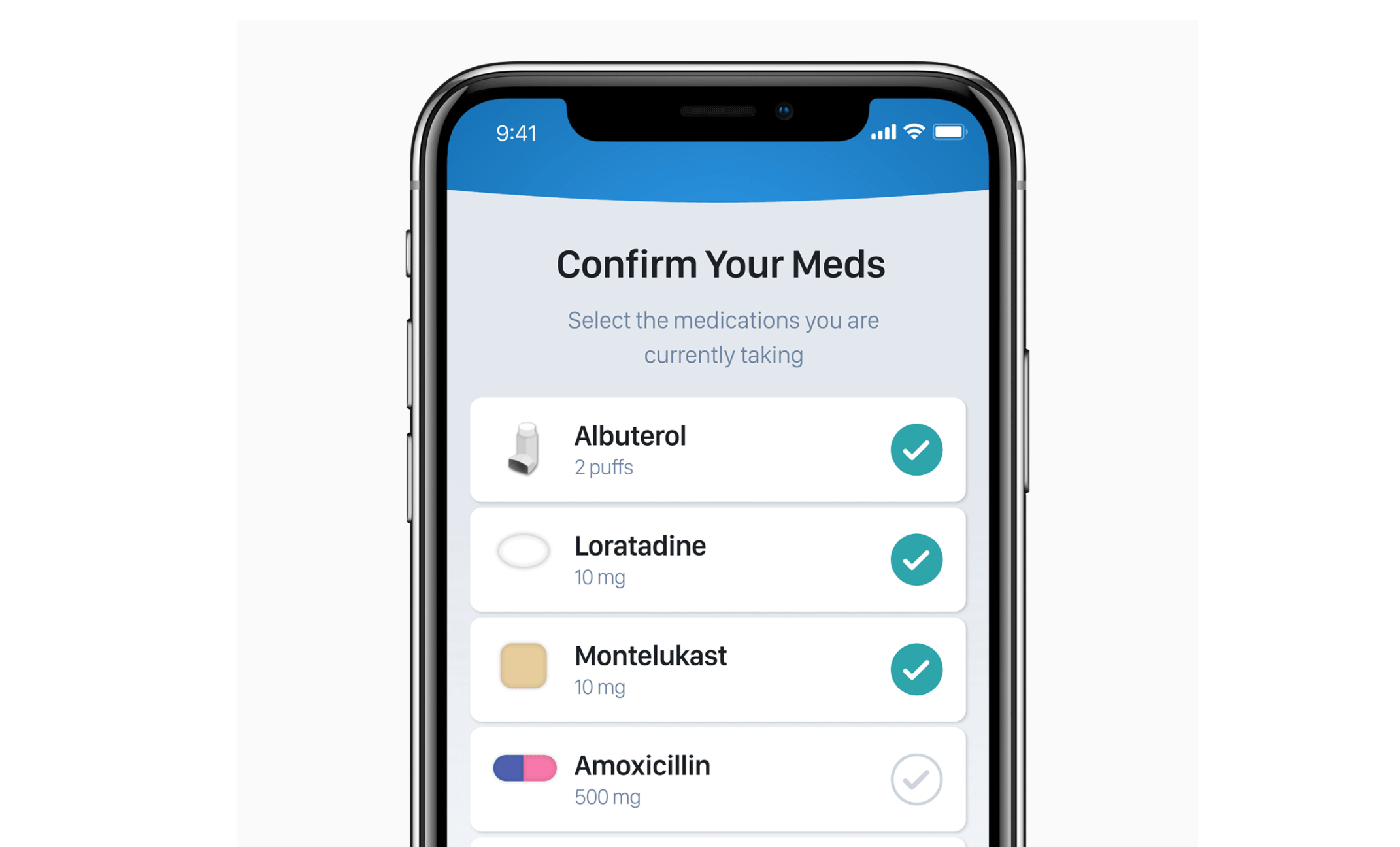
Health Records is Apple’s new personal health record feature that was announced on January 24, 2018 as part of the iOS 11.3 update. Health Records will collect and compile patient-generated data, such as steps walked in a day or hours slept, together with information from the patient’s electronic medical record (EMR) if the user is a patient at one of now nearly 40 participating hospitals. UNC Health Care Chapel Hill, Johns Hopkins Medicine, and Stanford Medicine are three health systems have all agreed to partner with Apple for this Health Record initiative. The goal of a PHR is one place of all health data.
The idea is hardly innovative; the tech industry has been generating personalized mobile health apps for over a decade, but while Big Tech has long perceived the consumer benefits of transitioning from electronic health records (EHRs) to PHRs, the continued failure of these initiatives, including mobile health platforms like Google Health and Microsoft’s HealthVault Insights, begs the question: is the return on investment great enough for the successful widespread adoption of PHRs?
The consumer benefits of PHRs address the limitations of EMRs and EHRs. These digital interfaces, which digitalize the traditional paper medical records for physicians and patients, do not receive a high level of patient engagement. This is due to an incapability of patient updates, and as data repositories solely for one provider, a disallowance of interoperability. The widespread uptake of at home health devices, such as Fitbits, scales, blood pressure cuffs, etc, have allowed patients the ability to collect quite a bit of health data outside of a professional healthcare provider.
This technology has become extremely popular- 1 in 4 Americans own a wearable device. The data from such devices allow providers to have more comprehensive view into a patient’s health, and thus make more informed decisions, hence why it would be important to have access to it through a PHR. The fragmentation of data across EHRs highlights the need for a personal, portable data repository that can be used across health providers, transferring control to the patient.
Health systems are constantly looking for better ways to engage their patient population, to not only ensure patients are more informed and empowered, but also feel connected to the health system. Patient portals are an attempted solution to the problems of patient engagement, but could actually be a reason that PHRs have yet to gain the necessary momentum to stick in the industry. While portals increase patient access to data, their value for consumer engagement is concentrated on the operational element, not clinical. Patients are utilizing these portals for activities such as appointment scheduling, bill payment, prescription refills, and direct secure messaging. With no standard of operation, even these basic capabilities vary widely by provider and the web-based model of patient portals is inefficient and outmoded; limited to data originating from a single provider. Most importantly, patient portals fail to address the biggest demand of consumers who are looking for more than a storage space, that data effectively manage targeted health outcomes.
Currently, each time a consumer visits a different healthcare service, such as nutritionist, a weight-loss coach, a primary care physician, etc., the resulting data goes to a different repository. The data then accumulates in these different storage vicinities, fragmented and ineffective, thus the need for a PHR that compiles all of a patient’s data across multiple providers. Ideally, this data would be automatically populated into a patient’s PHR, providing a holistic picture of the patient’s health profile to any provider, thus facilitating targeted health outcomes.
If PHRs are so patently beneficial to consumers, then why have they struggled to gain momentum in the industry? Beyond the obvious obstacles of private data exchange presented by Health Insurance Portability and Accountability Act (HIPAA), the difficulties of implementing PHRs are very complex. The daunting lack of monetary incentive is a very possible contributing factor. Although in the long term there are promising benefits (anywhere from $13 billion to $29 billion after a period of ten years), the widespread implementation of aggregation will have an initial negative net value. This is exacerbated by our current fee-for-service system where the medical record is primarily designed to do one thing: bill and account for transactions. The difficulty of pulling together data from different formats further complicates the process. While consumer-empowerment is gaining massive traction in the healthcare industry, the reality remains that for the widespread adoption of any health platform, clinicians must be the instigators.
Apple is uniquely positioned to give PHRs a stable foothold in the consumer market. Their consumer pull may give this initiative the momentum needed to see a positive return on investment, and a change in how patients can be engaged in the health system. Apple has a secure and well known platform, are considered to be trustworthy handling encrypted data, and command a brand loyalty ubiquitous in the United States and elsewhere, but can they inspire clinicians to shift to a patient-controlled infrastructure? If they cannot, is their new feature dead in the water? The jury is still out. However, the increase seen in the health system adoption since its launch, is a promising sign.
Anish Sebastian is the Co-founder of Babyscripts, a virtual care platform created for obstetrics that allows OBGYNs to deliver better prenatal care.

